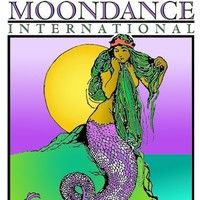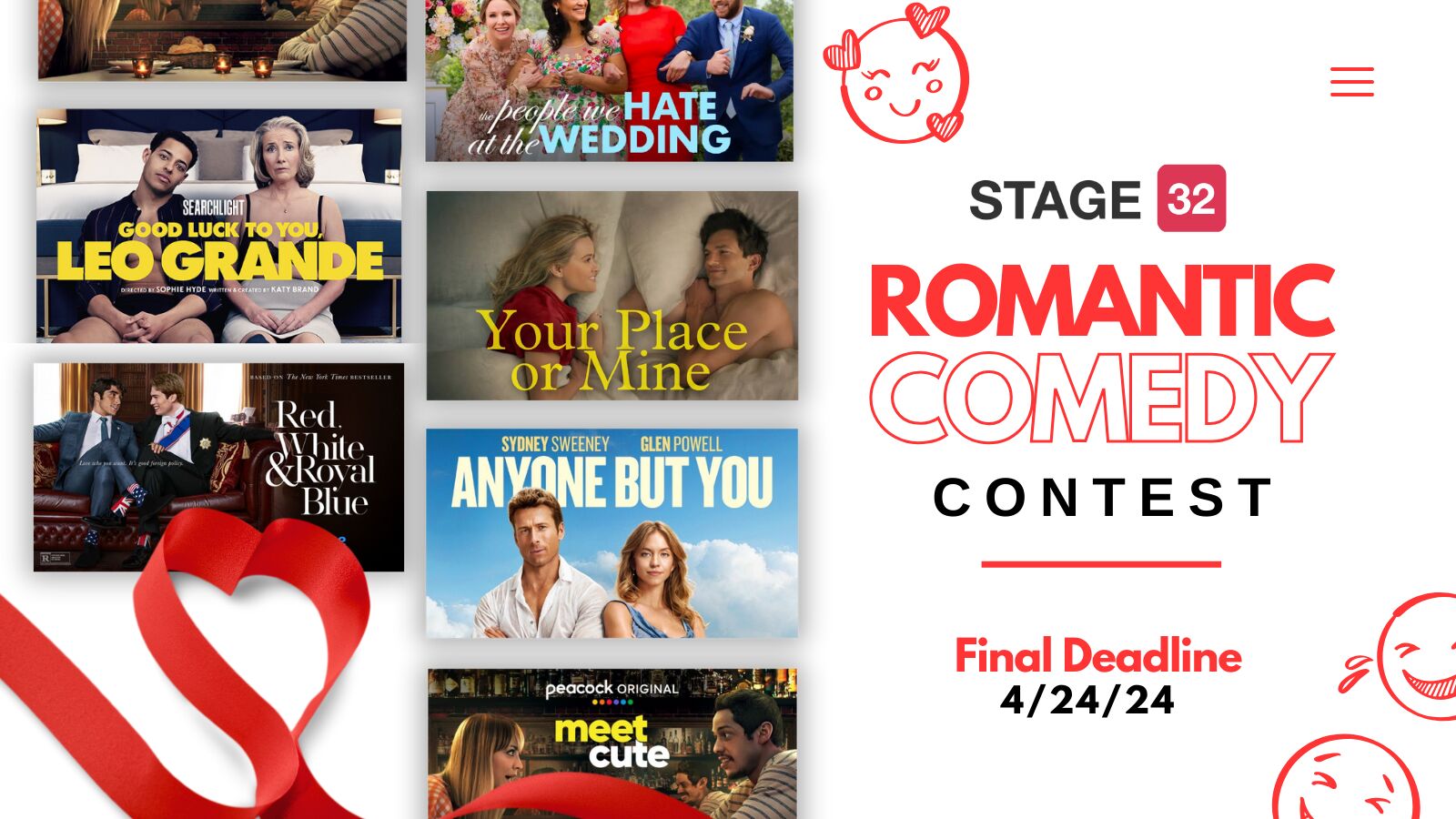Post-production phase: editing, sound, foley, dubbing, special effects, background ambience, music, lab work, color, title, trailers, director, assistant directors or ADs, cinematographer &/or DP, focus-pullers, gaffers, best boy, key grips, script supervisor, body doubles, sound and light, still photographer...the still photographer and a videographer gets his or her coverage too....production assistants or PAs, studio execs, wranglers, extras, location manager, prop master, special effects, extras, stunt coordinator, tech advisors, insurers, book-keeper/accountant, fire marshal, production designer, art director, storyboard artists, line producer, sound editor...all those elements that make the world of the film believable to the audience: story, set design, lighting, sound, special FX, continuity, locations, props, extras, stunts, costumes, hair and makeup, musical score composer, music... Music! Ah, yes. The power of music in film. We need 30 to 40 minutes of music, one of the most important elements in a film, which can be artfully used to arouse, to manipulate, to frighten, or to soothe & calm, to aid in transitions, to punctuate, to comment, to move plot along, to focus, to add sense of continuity, to add information, to heighten tempo, add dramatic tension, to change mood, to add character and to define, as well as to add dimension and give the film new or different meaning. The major categories of a film score are: THEME, such as the musical theme from the James Bond films. SOURCE, as from a radio, TV, iPod, or a band/orchestra shown on screen. MOVIE SONG: like the music from “Titanic”. UNDERSCORING: such as soft, “seen but not heard” music. DEVELOPMENTAL or NARRATIVE music. adds to the story as it unfolds, weaving in and out, through the entire film. COUNTERPOINT music and FORESHADOWING themes, usually of a dramatic tempo. OVERTURE: the central core. Sets mood, sets time, sets location. Music for a romantic film shot in Rio, would not be appropriate for an action film in New York City, nor for a noir detective film in 1920’s Chicago, a light comedy in Paris, a sci-fi film, nor documentary on polar bears in Alaska, for example. And last, but not least, LEITMOTIF: identifies the character or repeated action on screen., such as the famous tune from the film, “Jaws”. You should have a main musical theme that runs throughout the film, interspersed with other music, or even the same theme, but done in different genres of music, such as jazzy, classical, pop, rock, rap, world, new-age, trance, metal, disco, whatever works for the film & particular scene. You might want to take a look at & listen to the 1969 Greek film, directed by Costas Gavras, called "Z", starring Yves Montand. This film, an Oscar-winner, uses the exact same tune throughout the film, an old, beloved, traditional Greek shepherd's flute music, but the music composer, Mikis Theodorakis, changes it to happy, scary, militant, smooth, ominous, fast, romantic, erotic, dark, sad, marching, angry, and so on, and with different current & traditional musical instruments, as needed, with a driving score that resonates even today. (DVD Available on Netflix.com) ~ Elizabeth English Founder & Executive Director Moondance International Film Festival www.moondancefilmfestival.com director@moondancefilmfestival.com


